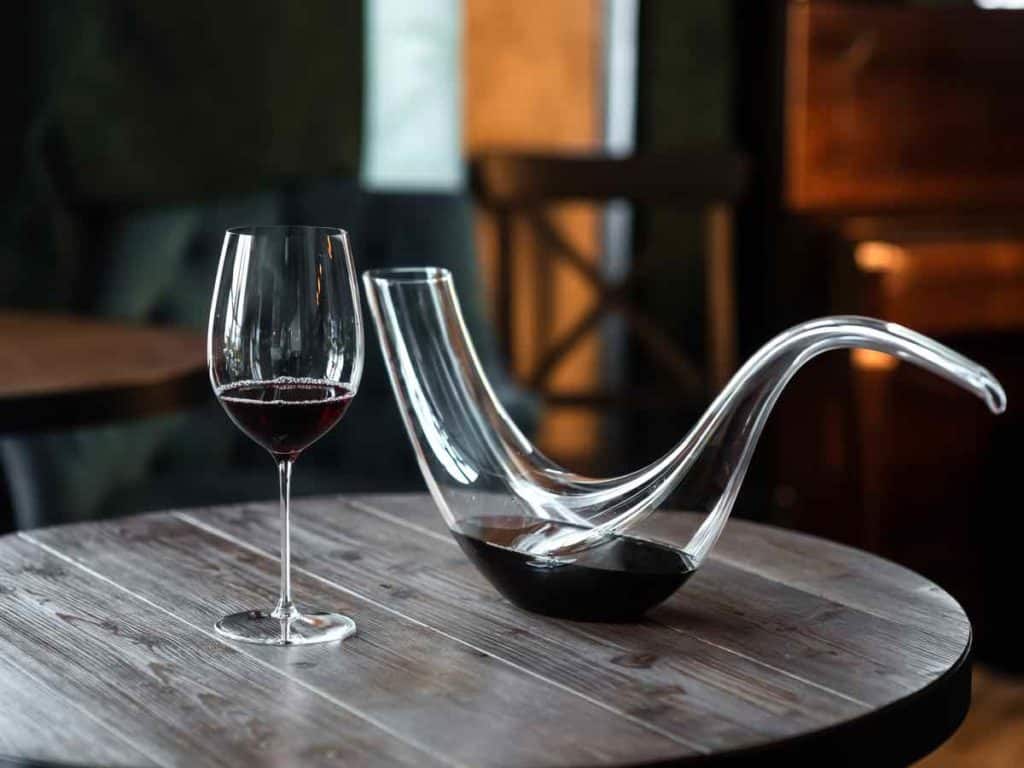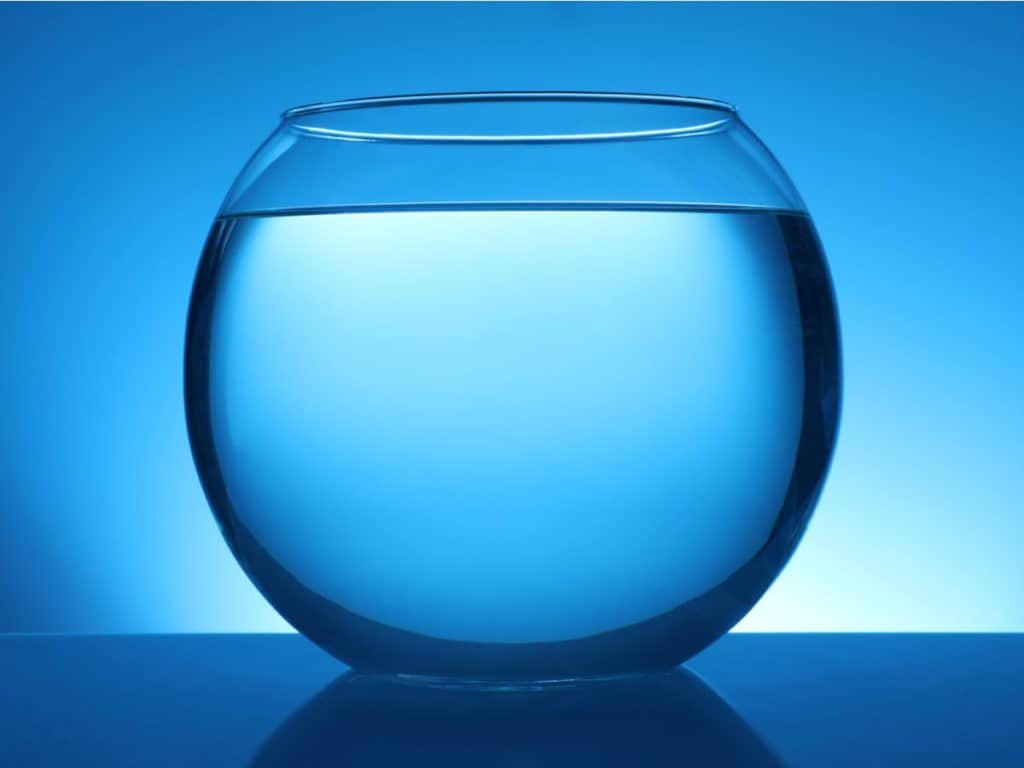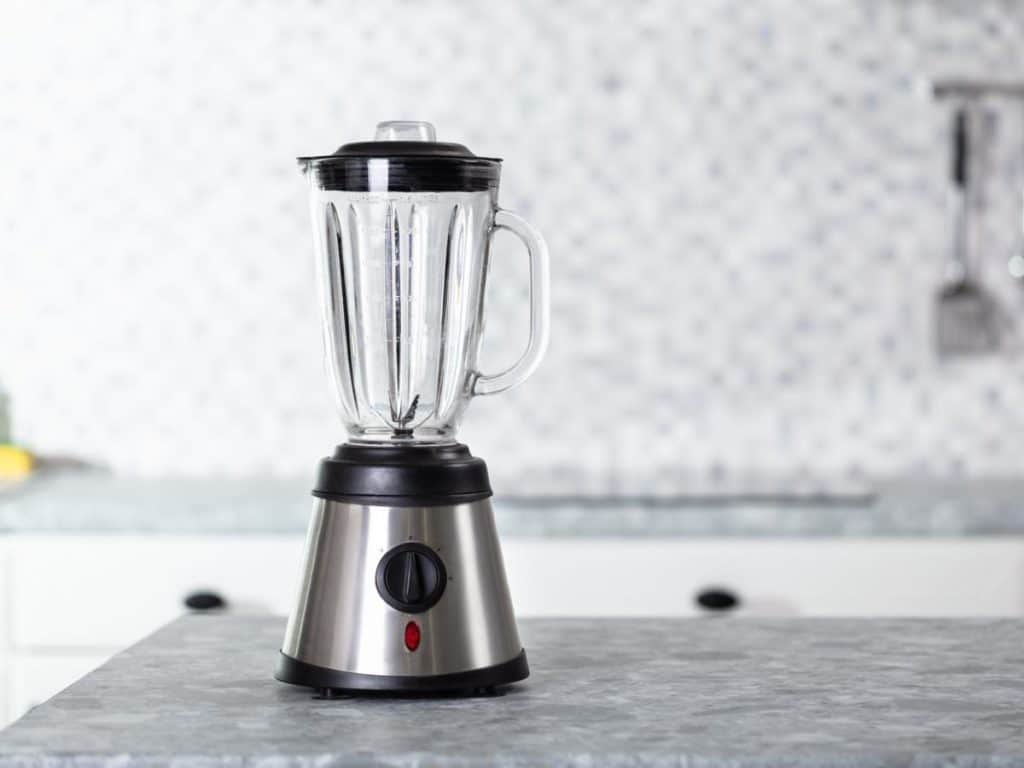How to Decant Wine Without a Decanter
Wine experts are likely to have a decanter. However, if wine is not a huge part of your life and you just have the occasional glass, you might not have this important vessel. As a result, you probably want to know how to decant wine without a decanter.
There are several ways you can decant wine without a decanter. They are split into two main categories, fake decanting and double decanting. Both ways utilize readily available utensils like pitchers and water bottles and are also reasonably easy to do yourself without prior experience.
This article explores innovative ways of letting wine breathe without a decanter. Read on to learn more about decanting wine without a decanter.
How to Let Wine Breathe Without a Decanter
Understanding how a decanter works is key to figuring out how to let wine breathe without one. Basically, the device exposes the wine to oxygen, but there are key elements in how the decanter is shaped that allow it to happen in an ideal way.

What Is a Decanter?
Traditionally, a decanter is a vessel used to separate wine from sediments suspended in the bottle.
These sediments can alter the flavor and expression of the wine, reducing its quality. However, nowadays, the most important function of a decanter is to expose the wine to oxygen or “let it breathe.”
Decantation softens the tannins in wine and helps them release any gasses that might have developed in the absence of oxygen. Simply put, letting the wine breathe revives dormant flavors and aromas, returning the wine’s quality to where it was before bottling.
The Difference Between Decanting in a Restaurant and at Home
At home, you can decant wine right before serving it into glasses. However, in a restaurant or other fine dining establishment, the wine is decanted and then put back into the bottle. This is because most wine enthusiasts enjoy good wine presentations in fancy wine bottles.
What Kind of Wine Should You Decant
You can decant any type of wine you fancy, from a Beaujolais to a Bordeaux Cabernet Sauvignon and even fruit-forward wines such as Pinot Grigio. However, the most recommended wines that need decanting are those that have begun developing deposits.
Contrary to popular opinion, decanting older wines is not a strict rule. For example, a wine like the Burgundy is delicious regardless of decantation. The decision on whether to decant is totally on preference.
It is also important to decant wine from a bottle with a broken cork. Sometimes during uncorking, the cork can break into fine pieces. If the pieces gather around the bottle’s neck while you decant, you can use a strainer to filter them out.
When to Decant Wine
Although there’s no harm in doing it, it’s often not clear whether you should decant wine or not. As we’ve seen above, there are two main reasons to decant wine: to separate clarified wine from fine sediment, and the other is to expose the wine to oxygen, which releases some compounds that might interfere with the wine’s flavor.
Decanting for Oxygen
When you pour wine into a decanter, air mixes with the wine. However, allowing the wine to rest and exposing it to more air makes even more significant changes to its flavor and texture.
Decanting for oxygen is primarily beneficial for red wine, which is often rich in CO2 and more tannic.
So why should you let wine breathe?
Decanting the wine for oxygen will eliminate unpleasant odors from your wine. It will revive its original fruity or spicy aroma. However, letting your wine breathe for too long will make it flat and eventually turn into vinegar. Make sure that you check the smell and taste of the wine periodically to be sure that it doesn’t go bad.
Decanting for Sediment
According to Dr. Gavin Sacks from Cornell University’s Department of Food Science, the original motivation behind decanting wine was to separate the wine from fine sediment.
He adds that the word “decant” goes back to alchemy, describing the process of separating the solid part from liquid-solid mixtures.
Sediment often deadens the flavor and expression of the wine. Sometimes a winemaker may decide to bottle wine with some residual sediment, but most connoisseurs frown at the idea.
If you’re pulling stored wine from a horizontal cellar, you should let the bottle rest vertically for a few hours. This allows all the sediment to settle at the bottom without mixing with the rest of the wine. You can then decant it to separate the sediment from fine wine.
For the same reason, it’s not wise to serve aged wine that has just been transported. Allow it to settle and then decant it.
If you absolutely have to serve wine from the cellar to the table, take care of how the sediment shifts within the bottle. Tilt the bottle vertically, standing it up very slowly with your hands so that whatever sediment resting on the side can slide to the bottom without mixing with the wine.
It is okay to drink the wine sediment after decanting, though most prefer not to. The sediment, also known as wine diamonds, or wine crystals, may look and taste nasty, but it’s made of organic matter such as grape skins and seeds. It’s therefore totally fine to drink, albeit not as enjoyable as the decanted wine.
Let’s now look at the ways of decanting wine without a decanter.
Fake Decanting
If you can’t get a real decanter to decant your bottle, fake decanting is the next best thing. This is a really neat trick you can use with some of the things that are already available in your kitchen. Here are a few ways to fake decant your wine:

Fake Decanting Using a Fish Bowl
As absurd as it sounds, you can use an eccentric or steamed fish bowl to decant your wine. Pouring could be challenging, so find a small bowl that can still hold 16 ounces (500ml) of wine. After pouring the wine, you can let it sit on the counter, giving it the occasional stir with a swizzle stick.
Since glass is nonporous, the fishbowl does not have to be new. You can clean it without leaving stains or odors. However, if you still find it gross, you can always buy a new one.
Fake Decanting Using a Glass Vase
A glass vase is the best way to fake decant a wine bottle. Find one that’s shaped like a jug and has a wide mouth. It should also hold at least 20 ounces (600 ml), and better if it can hold the whole bottle. The wide neck helps draw in more oxygen, hastening aeration.
Pour the wine between two glass vases several times before letting it settle on the counter and allowing it to aerate. You can then serve it in a more presentable vase.
Just like the fish bowl above, you don’t have to use a new vase. If you’re comfortable with cleaning an existing vase and using it for decantation, then, by all means, do.
Fake Decanting Using a Glass Jug
A glass jug is another excellent glass container you can use to decant wine. Just find one with a wide mouth and spacious bowl. It’s also great to find an eccentric style that resembles an actual decanter. The jug can be handled or not, but it’s better for swirling if it has a handle.
Pour the wine between two glass jugs a few times and leave it to aerate on the counter. You can then serve it in wine glasses. As in the containers above, the glass jug doesn’t have to be new.
Double Decanting
Much like fake decanting, double decanting utilizes containers available in your kitchen. However, in double decanting, you pour the wine back into the container, perhaps for presentation purposes. It is also referred to as “hiding” the wine.
There are three main reasons to double decant wine:
- To prepare it in advance for a large group of people
- To remove a large deposit
- To open up a shy, or closed, wine in a short period
Double decanting is recommended for rich, concentrated, red wines with high sediment levels like young Napa Cabernets or Barbarescos and young Barolo. This process is commonly practiced in fancy dining establishments but uses real decanters.
There are a few ways you can double decant your wine, including using a blender and using a mason jar or large wine glass.

Double Decanting Using a Blender
Blenders are pretty standard in home kitchens. Interestingly, apart from blending fruits and making smoothies, you can also use your blender to decant wine! Wine connoisseurs call this process hyperdecanting. However, the fancy term describes a relatively simple process: whizzing wine in a blender to aerate it.
Although the process is popular among casual wine drinkers, some of the best sommeliers like Melbourne’s Leanne Altmann aren’t sold on its effectiveness.
The recently crowned Australia’s sommelier of the year by Gourmet Traveller believes that the process will work best with sturdy wines in color and structure.
Blending destroys the delicate flavors and aroma of the wine, which beats the whole point of decanting. However, if you have to, give it just a slight pulse or a 10-second blend and let it settle before pouring it back into the bottle.
Double Decanting Using a Mason Jar
The best way to double decant without a decanter is by using a mason jar. You can use a small jar, but it’s better if you find a one-liter one. Fortunately, if you can’t find a big jug, you can use several small mason jars to decant the wine before putting it back into the bottle.
Although it might not be as effective as using a decanter, pouring a bottle of wine into a mason jar and allowing it to settle helps aerate it.
Double Decanting Using a Large Wine Glass
If you can’t find a mason jar and don’t want to blend the wine, you can always use two large wine glasses. Some oversized wine glasses can hold up to a whole bottle, so they’re definitely up to the task. All you need to do is roll the wine (pouring it back and forth between the glasses) about 10 to 15 times before pouring it back into the bottle.
If the glass is overly huge, you might have difficulties pouring from it. In such a case, you can just use a swizzle stick to stir the wine. You can then let it rest on the counter and settle for a few minutes before pouring it back into the bottle.
Double Decanting Using a Water Bottle
If all else fails, you can use a simple water bottle to roll wine and aerate it. You can use a thoroughly cleaned or disposable bottle with a top that sticks out to the side. The bottle should also have a cylindrical body.
All you need to do is pour the wine into the bottle until it is two-thirds full and close it tightly. Don’t fill it to the brim so that there’s enough air in the bottle. Repeat the process for any additional wine.

Smoothly roll the bottle back and forth on its side across the counter. You can use a towel to smoothen the rolling surface further if necessary. You can repeat this for about three minutes or until the wine tastes satisfactory.
Double Decanting Using Protein Shake Bottle
If you have a protein shake bottle, it works more or less the same for decanting. Pour the wine into the shaker and fill it to two-thirds capacity. If your shaker has a wire blender ball, you can throw it in, too, and close the shaker tightly.
Shake the bottle vigorously for two minutes and taste the wine. If it still tastes harsh, you can shake for a few more minutes.
How To Know if Your Wine Is Ready
After rolling, shaking, and stirring your wine on the counter, you might be wondering how you’ll know when it’s ready to serve or bottle. It’s simple. Your nose and taste buds will let you know.
Put your nose near the opening of the “decanter” and give it a sniff. The aroma of the fruits, spices, or flowers should be easy to pick up when the wine is ready.
You can also use the foolproof method: giving it a taste. The fruity flavors should be discernible, and the wine itself should be smooth.
Of course, it’s important to smell and taste the wine before decanting to have something to compare the smell and taste with. This is especially the case if you’re not experienced in decanting wine. Finally, thirty minutes is more than enough to let red wine sit on the counter for aeration.
Final Thoughts on Decanting Wines
Decanting wine is one of the best practices you can use to enrich its flavor. If you don’t have a decanter, you can use fake decanting or double decanting.
For fake decanting, you can decant with a:
- Fishbowl
- Glass vase
- Glass jar
If you decide to double decant it, you can use a:
- Blender
- Mason jar
- Large wine glass
- Water bottle
Remember to put the wine back in its bottle once you’re done.





